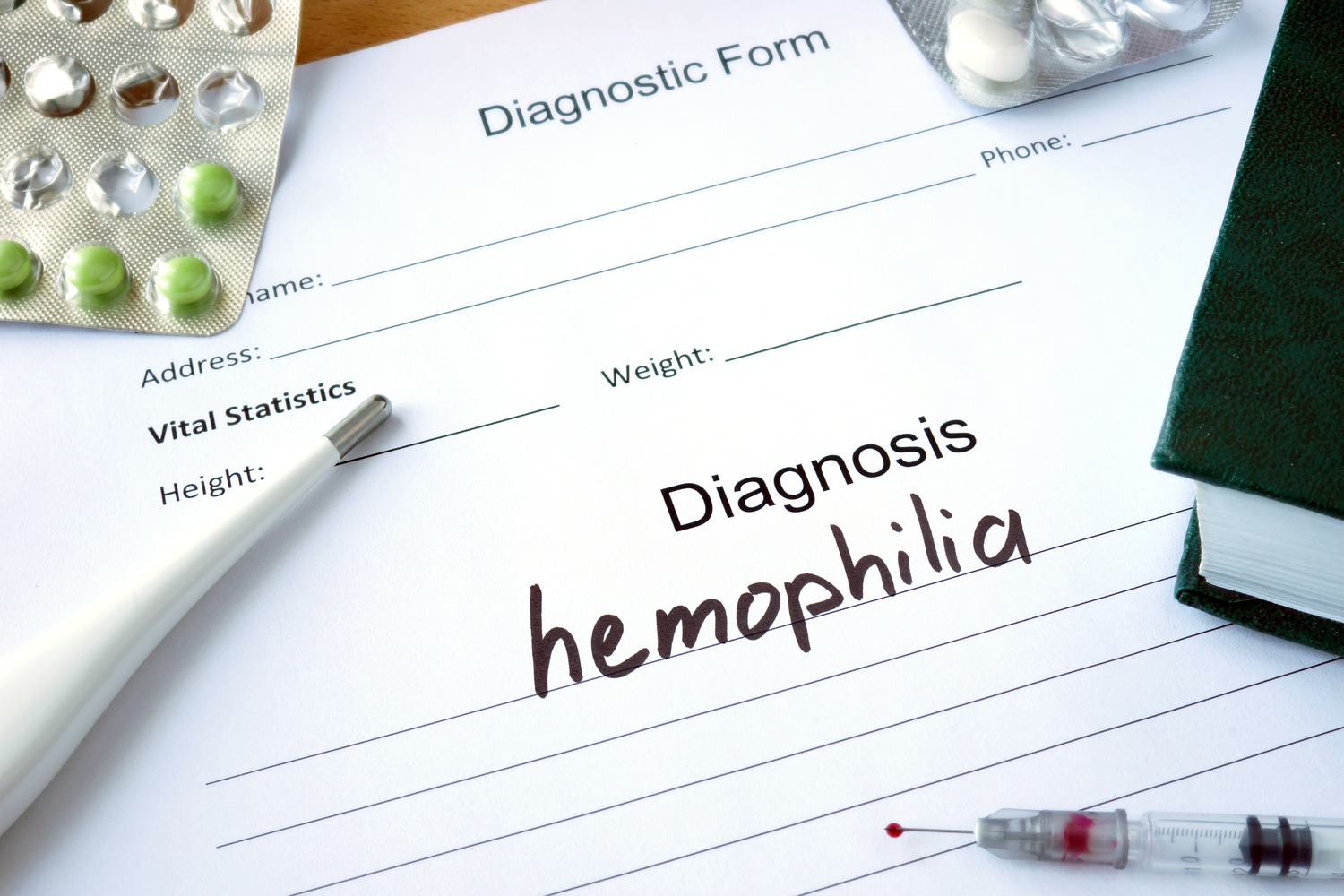
What are the Different Types of Hemophilia?
Owing to the inadequate blood-clotting proteins or factors, the blood doesn’t clot normally. As a result, when one experiences an injury, they might bleed more than a normal person. This type of health disorder is known as hemophilia. Various factors are responsible for the development of this condition. All these factors help in determining the types and severity of this health condition. Generally, physicians consider various causes, symptoms, and medical tests for hemophilia diagnosis and treatment applications.
1. Different types of hemophilia
The different types of hemophilia are caused due to a deficiency of the various blood clotting factors, which are discussed below.
- Hemophilia A
It is the most common form of Hemophilia caused as a result of a deficiency of factor VIII.
- Hemophilia B
Also known as Christmas disease, it is the second most common form of hemophilia that is caused by a factor IX deficiency.
- Hemophilia C
It is also known as the Melkersson-Rosenthal syndrome and it is caused because of low levels of factor XI.
Both hemophilia A and B are inherited diseases. Though hemophilia C is related to bleeding, the causes and bleeding pattern of this disorder differ from those of hemophilia A and B. Physicians consider the various causes as well as severity levels for diagnosing and treating hemophilia.
2. Severity levels of hemophilia
Depending on the level of blood clotting factors, the symptoms of hemophilia vary from mild to moderate to severe among the patients. The various levels of severity associated with this health disorder are discussed in the following section.
- Mild Hemophilia
The range for this condition is between 5 and 40 percent factor activities. Bleeding rarely occurs; if it does, it occurs after an injury or surgery, including dental procedures. Almost 25 percent of hemophilia patients experience a milder version of this disorder.
- Moderate Hemophilia
The factor activities for this severity level range between 1 and 5 percent. Patients experience bleeding after minor injuries. Although rare, spontaneous bleeding might occur without any apparent reason. Almost fifteen percent of hemophilia patients belong to this category.
- Severe Hemophilia
Factor activity is below one percent and patients might experience bleeding after surgery, injury, or trauma. Hemophilia diagnosis and treatment depends on the levels of severity the patient is experiencing. Spontaneous bleeding might occur in the muscles and joints in this condition. A joint condition termed as hemophilic arthropathy might develop owing to frequent bleeding in the joints. This can further lead to physical disability. Around sixty percent of hemophilia patients suffer from this level of severity.
3. Causes of hemophilia
When a person generally bleeds, various blood clotting factors help the body to form a blood clot to stop the bleeding. When these factors are inadequate, hemophilia occurs. Different types of clotting factors are related to different types of hemophilia. Hence, the causes and types of this health condition are required to be identified for hemophilia diagnosis and treatment. Most forms of this health condition are inherited and in other forms, patients do not share a family history of this disease. Hemophilia is caused in these patients by spontaneous variants.


